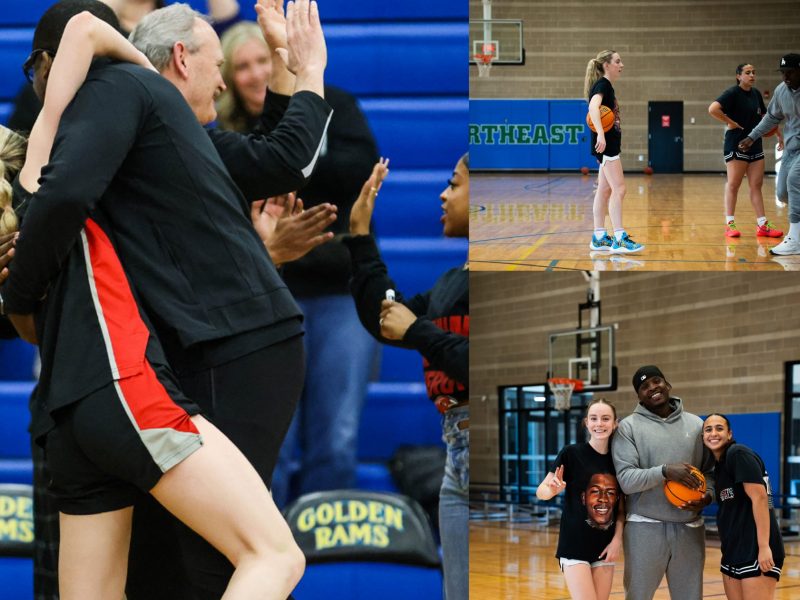The wait, it seems, is finally over.
After a fiscal year that saw the departure of many high-ranking university administrators — provost, vice president for research, vice president for administrative affairs, dean of the computer, mathematical and natural sciences college, dean of the arts and humanities college, athletics director, associate provost for equity and diversity and chief of staff, just to name a few — the new crop of officials who will help shape this university for years to come is finally beginning to take shape.
Earlier this academic year, for example, Ann Wylie, Frank Brewer, Kevin Anderson and Michele Eastman assumed the roles of provost, interim vice president for administrative affairs, athletics director and chief of staff, respectively. And in the last three weeks alone, three more administrative appointments have been announced: Patrick O’Shea as research vice president, Jayanth Banavar as CMNS dean and Bonnie Thornton Dill as head of ARHU.
And while each of these appointments is noteworthy in its own right, the real story is that university President Wallace Loh — the man who ultimately appointed each of these new administrators — seems to be favoring internal candidates over external ones in his quest to fill the multitude of vacant positions that suddenly arose following his arrival at this institution.
Indeed, of the six new administrators mentioned, only two of them, Anderson and Banavar, come from outside the university — a rarity in the academic world.
And with this institution poised on the brink of several massive changes brought about by this university’s own strategic plan and Loh’s appointment, he should be commended for his tactic of promoting from within.
After all, individuals like Brewer, Dill, Eastman and Wylie are seasoned officials who have spent most of their adult lives working for this university. They bring something to the table that no outside candidate — no matter their education or experience — can: demonstrable experience effecting change at this particular institution.
In the next few years, this university will undergo historic changes that will forever shape the day-to-day experiences of all students, faculty and staff. Structurally, the development of East Campus and the proposed Purple Line — a $1.7 billion dollar light-rail line that will run through the campus — will alter the very nature of the campus itself. Academically, new initiatives such as the revised general education plan and the university’s new emphasis on community-based engagement stands to redefine what it means to be a student at this university.
By privileging internal over external candidates for many of the important vacancies at this institution, Loh has assembled a team of officials who will begin their jobs on day one with an intimate knowledge of this university’s structures, personalities and history. And this, perhaps more than anything else, will ensure their ability to enact the transformative changes Loh will oversee over the coming years.
In spite of this, it is important to note that two of the individuals who have assumed new and more responsible positions at this university are merely temporary appointments. Wylie, for instance, will leave her post and return to her faculty position in July 2012, and Dill’s appointment will expire in June 2013.
And while it is far too early to advocate for their permanent appointment — after all, it is still up in the air as to whether these women will be successful in their new roles — this editorial board urges Loh to continue to walk the path he has started down.
To be sure, the structural and academic changes coming to this university are, on the whole, positive. But who better to enact this change than those who have already championed it?


